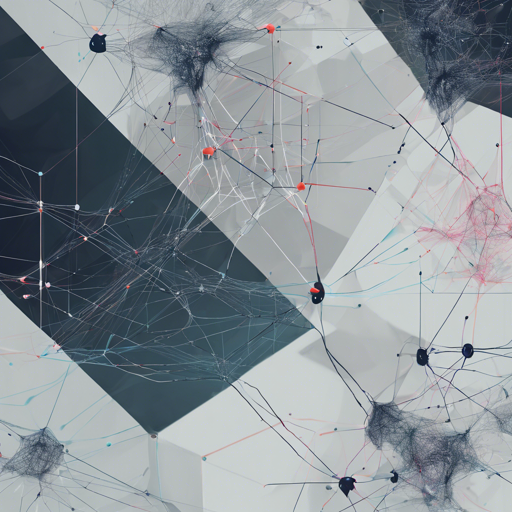The world of Generative Adversarial Networks (GANs) is expanding rapidly, and one notable advancement is the Projected GAN. This guide will walk you through the setup and utilization of Projected GAN, transforming you into a proficient user ready to create impressive AI-generated images.
What is Projected GAN?
Projected GAN combines traditional GAN methodologies with advanced projection techniques to generate high-quality images. The project is hosted on GitHub, and the research paper can be found here.
Getting Started
Before diving into the coding structure, ensure you have the necessary prerequisites. You will need:
- Python installed on your machine.
- The required libraries: dnnlib and others as specified in the repository.
- The Projected GAN codebase, which you can clone from GitHub.
Downloading the Model Weights
To obtain various pretrained models for different types of images, you can download the necessary weight files from the following links:
- Art Painting Model
- Church Model
- Bedroom Model
- Cityscapes Model
- CLEVR Model
- FFHQ Model
- Flowers Model
- Landscape Model
- Pokemon Model
Code Walkthrough: An Analogy
This section provides an analogy to help visualize the code provided:
Think of the code as a recipe for baking a delicious cake. Here’s how each ingredient plays a role:
- Ingredients (Libraries): Just like flour and sugar, import the right libraries (dnnlib, legacy) to ensure everything mixes well.
- Mixing (Loading Models): Loading the model from a specified path is akin to combining your ingredients in a bowl.
- Baking (Saving Models): Finally, once baked (processed) to the desired state (G_ema), you save this masterpiece to the output directory.
Here’s how the code looks:
python
import pathlib
import pickle
import sys
sys.path.insert(0, '~codes/clones/projected_gan')
import dnnlib
import legacy
paths = sorted(pathlib.Path(orig))
out_dir = pathlib.Path(models)
out_dir.mkdir()
for path in paths:
with dnnlib.util.open_url(path.as_posix()) as f:
model = legacy.load_network_pkl(f)['G_ema'].to('cpu')
ckpt = model
outpath = out_dir / path.name
with open(outpath, 'wb') as f:
pickle.dump(ckpt, f)
Troubleshooting Common Issues
If you encounter any issues while setting up or using the Projected GAN, consider the following troubleshooting tips:
- Import Errors: Ensure all required libraries are installed and accessible in your Python environment.
- File Not Found Errors: Double-check that the model weight paths are correctly input and the files are appropriately downloaded.
- Performance Issues: Running the model may require significant computational resources; ensure your hardware meets the requirements.
For more insights, updates, or to collaborate on AI development projects, stay connected with fxis.ai.
Conclusion
At fxis.ai, we believe that such advancements are crucial for the future of AI, as they enable more comprehensive and effective solutions. Our team is continually exploring new methodologies to push the envelope in artificial intelligence, ensuring that our clients benefit from the latest technological innovations.

